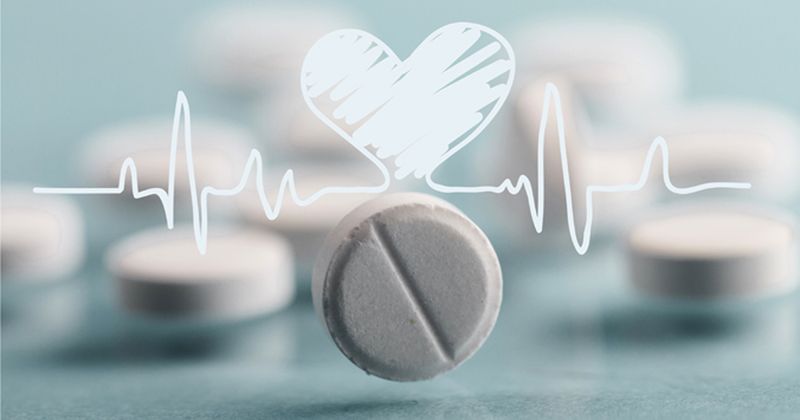Aspirin monotherapy after 1-month DAPT safe, effective after PCI with polymer-free stent
One month of dual antiplatelet therapy followed by aspirin monotherapy after PCI with a polymer-free drug-coated stent was noninferior to 6 to 12 months of DAPT after PCI with a contemporary drug-eluting stent, researchers reported.

“It is necessary to determine the appropriate minimal duration of DAPT followed by aspirin monotherapy to minimize unnecessarily long DAPT,” Myeong-Ki Hong MD, PhD, professor of cardiology at Yonsei University College of Medicine, Severance Cardiovascular Hospital, Seoul, said during a press conference at the virtual American Heart Association Scientific Sessions.

While 6 to 12 months of DAPT is currently recommended for patients who have undergone stent implantation, Hong and colleagues noted that prolonged use of these drugs is “costly” and often leads to patient noncompliance.
As a result, they hypothesized that 1 month of DAPT followed by aspirin monotherapy would be noninferior to prolonged DAPT in mitigating CV or major bleeding at 1 year of follow-up. The composite primary outcome was cardiac death, nonfatal MI, target vessel revascularization, cerebrovascular accident or major bleeding.
The analysis included 1,507 patients in the shorter DAPT duration arm who had PCI with a polymer-free drug-coated stent (BioFreedom, Biosensors) and 1,513 patients in the longer duration arm who had PCI with a contemporary DES (BioMatrix, Biosensors, or Ultimaster, Terumo).
The two treatment strategies were nearly identical for the primary endpoint, with a 5.9% rate in the 1-month group and a 6.5% event rate in the 6-to-12-month arm (absolute difference = 0.7%; P for noninferiority < .001; HR = 0.9; 95% CI, 0.68-1.2; P for superiority = .475). “Statistically, there was no significant difference between the two groups,” Hong said.
Major bleeding occurred in 1.7% of patients in the 1-month DAPT arm and 2.5% of those in the 6-to-12-month DAPT arm (HR = 0.69; 95% CI, 0.42-1.13; P = .136).
Secondary ischemic endpoints, including all-cause death, cardiac death, nonfatal MI, TVR, stent thrombosis and stroke, did not differ between the groups at 1 year.
“To our knowledge, this study is the first randomized trial comparing 1-year clinical outcomes of 1-month DAPT followed by aspirin monotherapy after polymer-free DCS implantation versus currently recommended DAPT after next-generation DES implantation in a diverse group of patients,” Hong concluded.
He noted the cohort included patients with and without high bleeding risk.
“Discontinuing a P2Y12 inhibitor, rather than aspirin, in daily clinical practice may be associated with better patient compliance, lower costs, a lower risk of bleeding and superior convenience and level of comfort for both patients and physicians,” he said.
“This is a well-executed, large-scale, multicenter trial,” but the differences between the groups in stents “does make interpretation a little bit more difficult,” Roisin Colleran, MBBCh, of the Dublin Cardiovascular Research Institute and Mater Private Hospital, said during a discussant presentation at the press conference.
“Perhaps direct comparison of two DAPT durations with similar stents might be preferable,” Colleran said. “None of these stents have FDA approval for use, so this does limit external validity somewhat.” She noted the BioFreedom stent has been shown to have lower efficacy compared with contemporary DES.
“Looking at DAPT duration in the trial, there was a high rate of reverse noncompliance in the 1-month DAPT therapy group,” she said. “We see here that at 1.5 months post-PCI, 17% of patients remain on DAPT and indeed at 1 year a not significant proportion of patients were still taking DAPT. This was further compounded by the use of an intention-to-treat analysis for the primary hypothesis testing which was biased toward inferiority. In this respect, a per-protocol analysis might have been preferable.
“Aspirin monotherapy as compared with P2Y12 monotherapy is a cheaper alternative with fewer off-target side effects and less variation in response,” Colleran said. “This provides a renewed rationale for trials comparing aspirin monotherapy with P2Y12 inhibitor monotherapy.”


